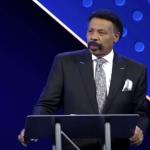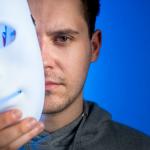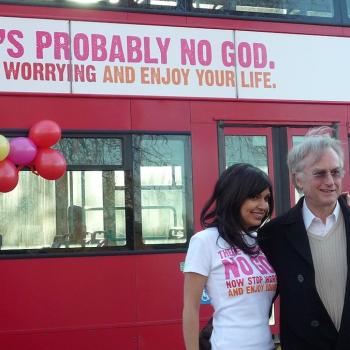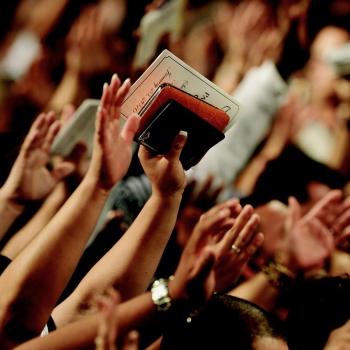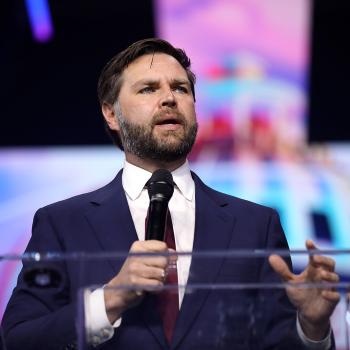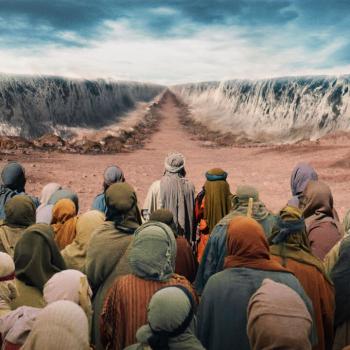Author’s Note: Minor spoilers are ahead if you haven’t seen Inside Out 2. Bookmark this, go to the movies and come back for an important story.
Pixar Studios has an unparalleled ability to beautifully bring obscure topics to life, such as their visceral journey into emotional development with Inside Out 2. We live in a world of sequels and prequels. Yet, Riley’s (Kaitlyn Dias, now Kensington Tallman) adolescent journey is why these films can be a much-celebrated and welcomed idea.
In the original 2015 film, we met Riley and the embodiments of her emotions–Joy (Amy Poehler), Sadness (Phyllis Smith), Fear (Bill Hader, now Tony Hale), Disgust (Mindy Kaling, now Liza Lapira), and Anger (Lewis Black).
As we trek through the islands of personality, a long-term memory pneumatic tube, the subconscious mind, Imagination Land, meeting “Bing Bong” (Richard Kind) and diving into the abyss of the Memory Dump, we see much more than Riley’s formative years.
Exploring and understanding multifaceted feelings during the tumultuous teen years is necessary for our identities. Sentiments like that may be overlooked in the original. Yet, in Inside Out 2, those raging emotions are on full display. Pixar shows us the intrinsic balance of our emotions with these films.
That collection of passion and pain is the fervor that provides God’s children with a complete life.
Mental Health’s Balance Becoming a Tightrope Act
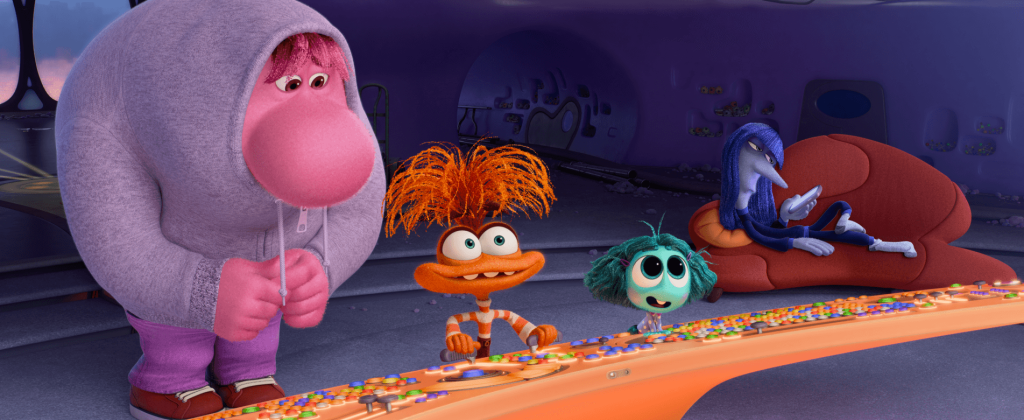
Riley’s emotional wellness mirrors how most of us learn to manage our feelings. Childhood dreams can evolve into pre-adolescent nightmares, or so it seems. Without returning to “headquarters,” all emotions—and Bing Bong—struggle to become more mature and find their place.
In the original, sadness learns to become empathy with Bing Bong, fear becomes a practical concern, and even anger transforms into determination.
During Inside Out 2, we are introduced to the more visible and active teen emotions, such as Anxiety (Maya Hawke), Envy (Ayo Edebiri), Embarrassment (Paul Walter Hauser), Nostalgia (June Squibb), and Ennui (Adèle Exarchopoulos). The latter can also be considered “meh,” as young people of Riley’s age can attest.
As they did in the first movie, every emotion plays bumper cars inside Riley’s heart, mind, and soul. The fascinating portrayal is how they work together to create a healthy mix of growth and maturity.
God is our refuge and strength, an ever-present help in trouble. Therefore we will not fear, though the earth give way and the mountains fall into the heart of the sea, though its waters roar and foam and the mountains quake with their surging. (Psalm 46:1-3 NIV)
In the much-awaited sequel, we go to hockey camp. As it is understanding puberty, Riley struggles throughout the film, underscoring its importance as it relates to other areas of her life. She is evolving personally and learning to express feelings with her friend group, Grace (Grace Lu) and Bree (Sumayyah Nuriddin-Green). Some of Riley’s most impressionable years were with those two, but her entire personality changes when she learns her friends are attending a different high school next year.
Coming to grips with that is the conflict and focus throughout the film. As we watch Riley struggle with the traffic jam of emotions, we’re forced to consider several personal questions, such as:
- Do old emotions we had when we were younger still help us today?
- Is there such a healthy amount of a “negative feeling”?
- How can we grow during uncomfortable decisions?
- Can polarizing feelings work together for any personal benefit?
Most people answer those questions in their search for refuge and strength at any year. However, it’s usually around puberty that we begin to face self-awareness. In the movie, Anxiety says a group of more seasoned–and banished–emotions, what adolescence usually screams at us: “Okay, Riley. Let’s change everything about you.”
Inside Out 2 Introduces Complex Emotions to God’s Creation
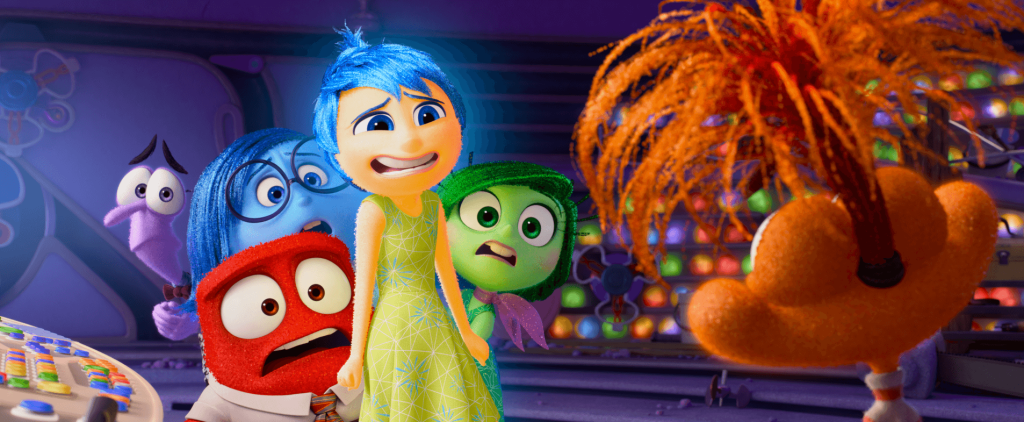
Core to those emotions is the rollercoaster Riley rides in and out of that discovery, one we all must this tall to get on and enjoy. As the original film ends, a flashing red light is on a new headquarters console.
“What’s Poo-berty?” asks Disgust.
Joy responds, “It’s probably not important.”
If only that were the case.
Teenagers face substantial stressors, beginning in their “pre-teen” years of 11 and 12. Usually, our character of Anxiety enters the picture as we become self-conscious about height, weight, growth, and an approach to social situations.
Skylight.org, a reflective website with spiritual wellness practices geared to help young people comprehend what to do with their self-awareness, offers a faith and wellness study from Gallup. The analysis helps us understand those complex emotions most young adults face today.
While “spirituality” or a sense of faith isn’t discussed directly in Inside Out 2, introducing the new emotions underscores the need for purpose. The study shows people who “frequently pray or meditate are 47% more likely to have a sense of mission and purpose in life.”
The National Institute on Mental Illness (NAMI) reports that 60% of children than age report being more stressed about life than parents at their age. Why? See the poll, as well as this movie.
Anxiety disorders are among the most common mental illnesses found in teens with statistics showing that four percent of 10–14-year-olds and five percent of 15-19 year-olds experienced an anxiety disorder. Depression is the second most common teen mental health disorder with an estimated 13 percent affected by this issue.
Now that Riley is 13, puberty and its accompanying stressors are in total circulation on this ride. Opinions become beliefs. Facts become obscure. Peer pressure and borderline idolatry enter the picture when the acclaimed girls’ hockey athlete meets Val (played by the mononymously known Lilimar). And with the meddlesome relationship between Joy and Anxiety, Riley becomes conflicted in a compelling way.
She wants to impress Val and her coach. Riley struggles with the loss of her friends. Ultimately, she sacrifices what her parents taught her. As a result, she loses her sense of self. The rollercoaster stops twists and turns when Riley finds herself again and comes to terms with life’s changes.
And we know that in all things God works for the good of those who love him, who have been called according to his purpose. (Romans 8:28 NIV)
We all have a purpose, but where can someone search for it? That is unless you consider the words of the Bible.
Riley doesn’t open a KJV, but she does have times of reflection, crisis, meditation and growth. In collaboration with Patheos, Skylight is a tool Riley could use to learn more about her struggles and manage her emotions.

If you’re reading this review of Inside Out 2 and wondering how to deal with those complex feelings, listen to like-minded young adults who offer daily affirmations, topical prayer, yoga lessons, and music of all types to help you relax and sleep in peace.
While this is a wholesome and heartwarming movie about Riley, every teen could experience a mental health trigger or two. Be prepared to speak with your teen about what they saw and enjoy the experience you had together.


